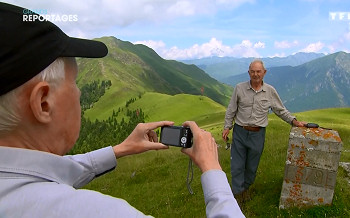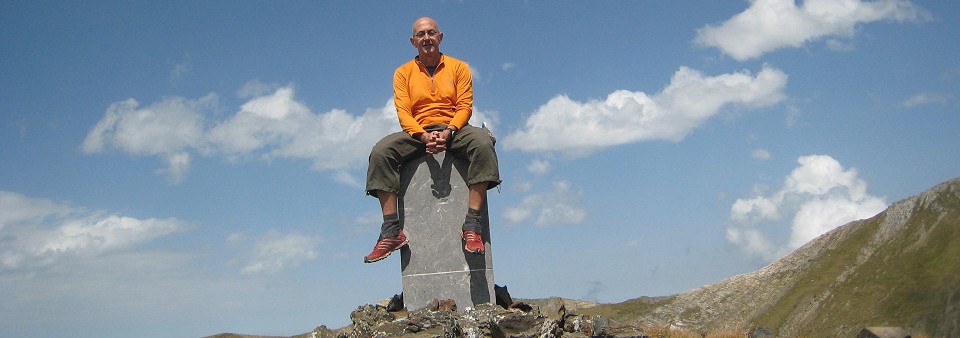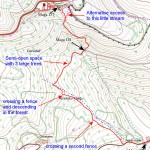I have watched the documentary “Mon Pays, c’est la frontière” by Anne Fontaneau and Alexandre Gary (see previous post) several times with a lot of pleasure. It’s easy to download it using the Captvty-program.
There are 6 storylines nicely intertwined and some of them result in some sort of climax or anticlimax. These stories are:
 – Jean-Paul Laborie and Michel Bacchus finding bm379 and not finding bm364, Jean-Paul also engaged in repairing a unnumbered bordermarker on the new Pont du Roi near bm410. See also this post.
– Jean-Paul Laborie and Michel Bacchus finding bm379 and not finding bm364, Jean-Paul also engaged in repairing a unnumbered bordermarker on the new Pont du Roi near bm410. See also this post.
– A team of customs-officers chasing liquor and tobacco-smugglers coming from Andorra (a lot of manpower for small catches, I would say)
– a man fascinated by the derelict railway Pau – Canfranc (apparently it will be revived)
– a french haircutter running a hairdresser’s business in Llivia (Spanish females like colorful hair-dyes)
– about life in the “Pays Quint” with the venta above bm137 in the spotlights and a woman who has moved to this peculiar ‘binational’ territory (I think I, recognized her house)
– and a French woman delivering her baby in the first cross-border hospital of Europe: the ‘Hôpital de Cerdagne’ in Puigcerda (but with a very large majority of Spanish workers).
As you might expect, I watched with special interest the efforts of Jean-Paul Laborie and Michel Bacchus. Jean-Paul – a retired geography-professor – is an official delegate of the Pyrenean bordercommittee and Michel used to work for the IGN (French geographical institute). But I didn’t know they are “partners in crime”. That they couldn’t find bm364 didn’t surprise me, it has been searched in vain by many others.

